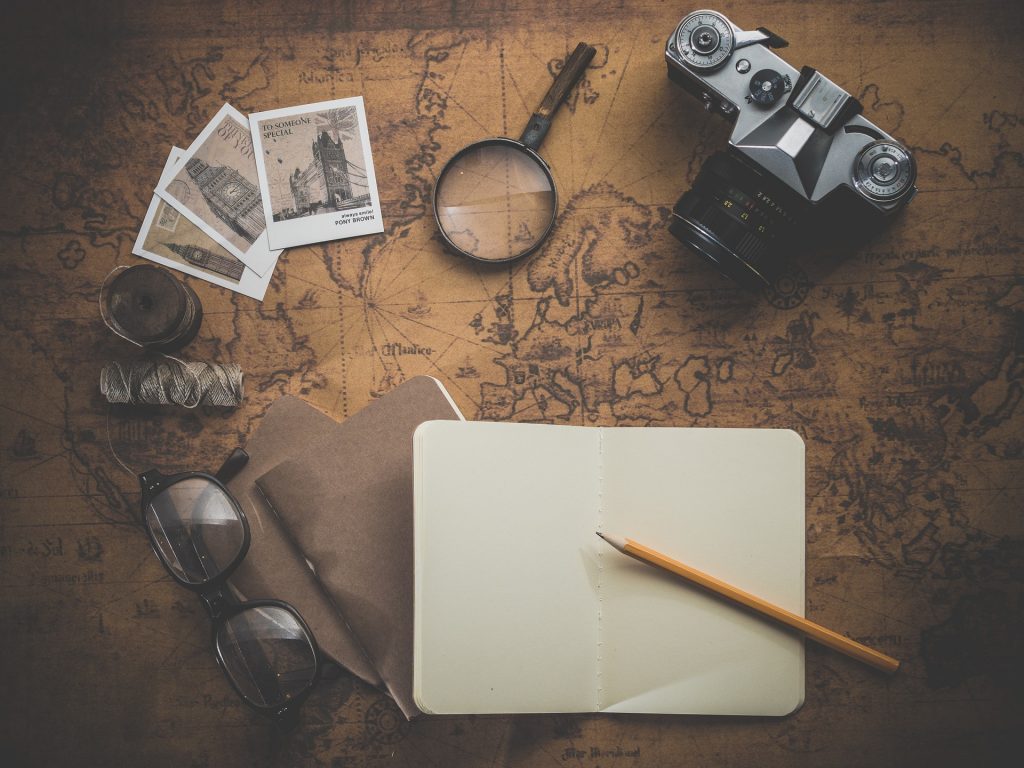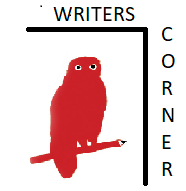
Do you have a favourite piece of travel writing? Has reading stories of travelling inspired you to pack a bag and take to the road, jet set off to strange lands? What was it about that writing that inspired you?
The discussion topic for our first Writers Corner, on Tuesday 6 April, is travel writing. This creative form of nonfiction is often based on the writer’s encounter with foreign places. However, it can also take several other forms, which is something we can explore.
There is a practical side to travel writing: tips and advice, the must see’s and do’s, and how to get from one place to another.
In these restricted times travel writing would seem questionable. Writing about travel may fuel aspirations that cannot be achieved, or alternatively make how-to’s and itinerary planning even more critical.
Travel writing is not simply a product of the industrial revolution or the jet setter age; this popular form of writing has been written since Classical times. A couple of early examples include:
· Rutilius Claudius Namatianus (fl. 5th century)
De reditu suo (Concerning His Return, c. 416) – the poet describes his voyage along the Mediterranean seacoast from Rome to Gaul.
· Xuanzang (602–664)
Great Tang Records on the Western Regions (646) – narrative of the Buddhist monk’s journey from China to India.
More recent examples would include:
- Travels with Charley in Search of America by John Steinbeck (1962)
- The Innocents Abroad by Mark Twain(1869)
- Wind, Sand, and Stars by Antoine de Saint-Exupéry (1939)
- The Sea to Sardinia by D H Lawrence (1923)
- On the Road is a 1957 novel by American writer Jack Kerouac, based on the travels of Kerouac and his friends across the United States.
- The Road to Little Dribbling by Bill Bryson (2015)
Want more travel writing? Check out this event with Tamara Sheward, being hosted by Ballarat Libraries on 16 April!
event details at trybooking
Travel writing takes many different forms, they might more readily be described as follows:
- Destination pieces
- Special interest for types of travel, e.g., hiking, cycling, caravanning, backpacking or something more quirky.
- Holidays and events – family vacation
- festivals.
- Personal adventures
- Travel blogging
- Itineraries
- Travel guides
- Memoir of personal travel.
Questions to help kick off your thoughts:
- Why do you want to write about travel?
- Do you have a collection of tips for other travellers going to a particular destination?
- Is the travel just a backdrop to another adventure or drama, a setting for a romance?
- Could Murder on the Orient Express be thought of as writing with a travel theme?
- How to transport your reader to a new place?
- Travelling during pandemics?
- Places to publish – do you have suggestions?

Where, when and what to bring
Bunch of Grapes Hotel, 401 Pleasant St, Ballarat, on the first Tuesday in April: that’s the 6th, at 2pm; the bar will be open. Come along for a relaxed, loosely moderated discussion about the topic. It would be useful to bring a pen and paper in case we decide to get creative.
Click for the Facebook event
Email publicity AT ballaratwriters.com with queries